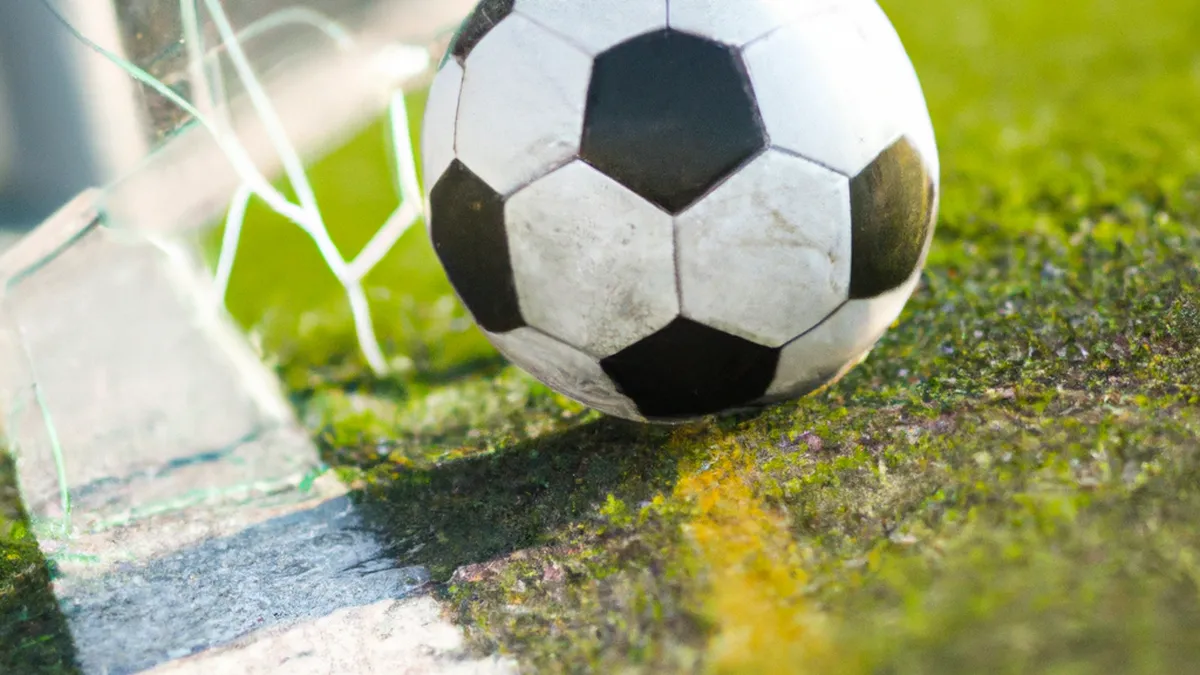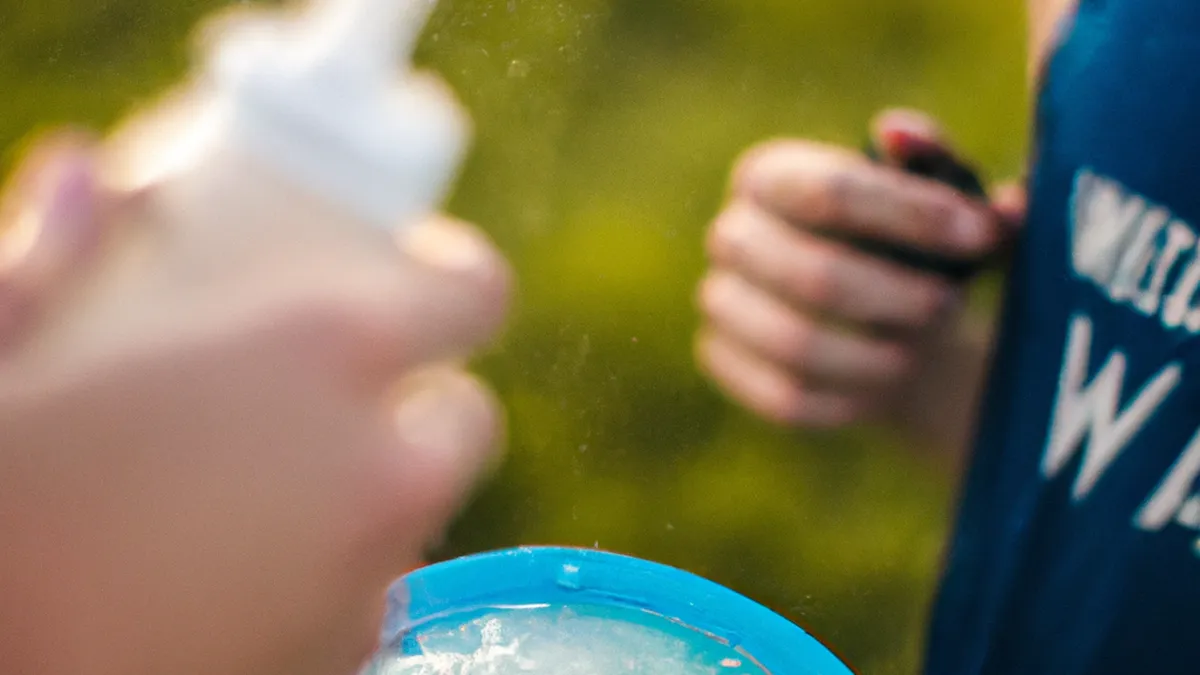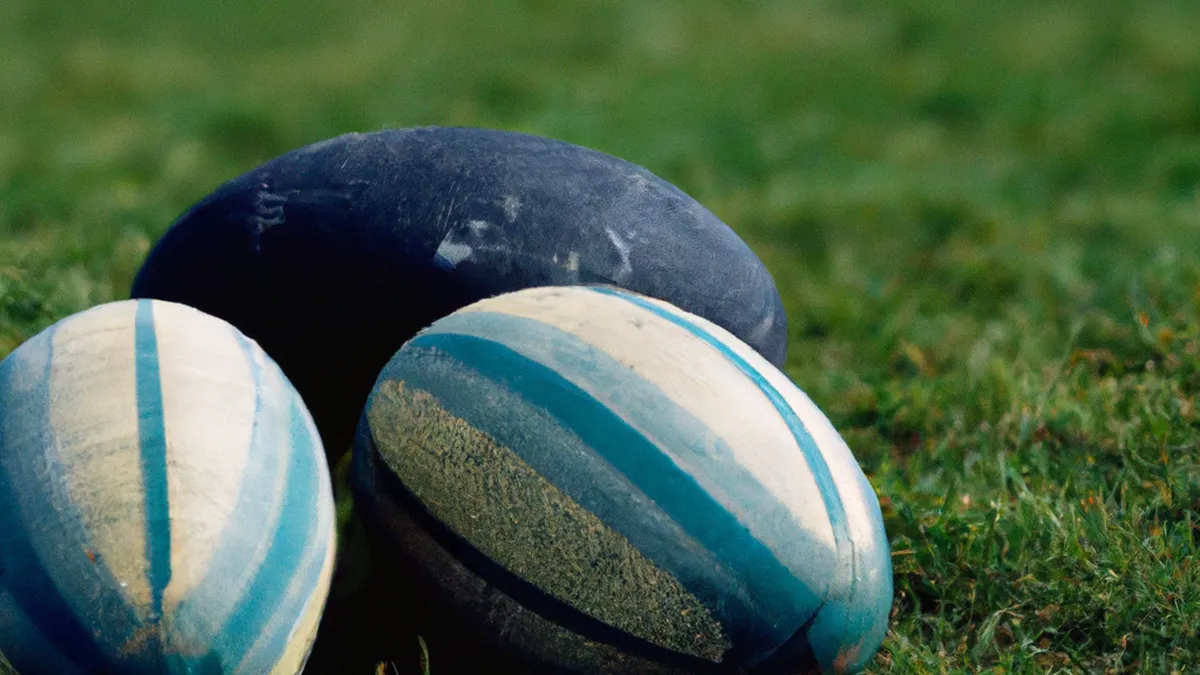Pathway to Excellence in Youth Athletics
Progression Pathways in Youth SportsYouth sports develop athletic skills and essential life skills like teamwork, discipline, and resilience. Navigating youth sports pathways can be complex. Parents, coaches, and young athletes must understand these pathways for a fulfilling experience. This blog post shares effective tips, valuable advice, and benefits of structured progression in youth sports.
Understanding Progression Pathways
Progression pathways define the routes athletes take as they advance in sports. These pathways include various competition levels from local leagues to international teams. Each level presents unique experiences, challenges, and growth opportunities. For example, a young soccer player might start in a community league. They might then move to a travel team and aspire to play at the collegiate level. Understanding these levels and required skills helps set realistic goals. Progression pathways vary among sports, influenced by entry age, skill development focus, and competition. Familiarity with a chosen sport’s pathway helps young athletes navigate their journeys effectively.
Tips for Navigating Progression Pathways
As an Amazon Associate I earn from qualifying purchases.
Gear tip: consider soccer ball, soccer cleats, and shin guards to support this topic.
Set Clear Goals
Setting clear, achievable goals is vital for young athletes. Goals provide focus and direction, helping athletes understand areas for improvement. Identify both short-term and long-term objectives. Short-term goals can include mastering specific skills or improving metrics like speed or accuracy. Long-term goals might involve making a varsity team, earning a scholarship, or representing their country internationally.Encourage athletes to write down their goals and review them regularly. This practice fosters accountability and motivation, allowing athletes to track progress over time.
Seek Quality Coaching
Quality coaching plays a crucial role in an athlete’s development. Coaches offer feedback, guidance, and mentorship that significantly influence progress. They help refine skills, improve performance, and instill hard work and dedication.When selecting a coach, seek someone with sport experience and an understanding of progression pathways. A good coach focuses on technical skills and prioritizes overall athlete development, including mental and emotional aspects.
Embrace Multi-Sport Participation
Encouraging young athletes to participate in multiple sports can be highly beneficial. Playing different sports helps develop diverse skills and enhances overall athleticism while reducing burnout risk. For instance, a young football player who also plays basketball can improve hand-eye coordination, agility, and strategic thinking, positively impacting their football performance.Multi-sport participation allows athletes to explore interests and discover their true passions.
Conclusion
In summary, understanding progression pathways in youth sports enhances athletes’ experiences. Setting clear goals, seeking quality coaching, and embracing multi-sport participation leads to success.
Below are related products based on this post:
FAQ
What are progression pathways in youth sports?
Progression pathways define the routes athletes take as they advance in sports, including various competition levels from local leagues to international teams. Each level offers unique experiences, challenges, and growth opportunities, helping athletes set realistic goals based on their skills.
Why is setting clear goals important for young athletes?
Setting clear, achievable goals is vital as it provides focus and direction for young athletes. Goals help them identify areas for improvement and track their progress, fostering accountability and motivation throughout their athletic journey.
How can multi-sport participation benefit young athletes?
Multi-sport participation helps young athletes develop diverse skills and enhances their overall athleticism while reducing the risk of burnout. Engaging in different sports allows them to explore interests and discover their true passions, which can positively impact their primary sport performance.















Post Comment